Survey Reveals Most Americans Have Financial Regrets
by Patty Gallagher
Hey, Milford and Stratford residents—have you ever done something you regret with your money? Maybe there’s an expensive pair of shoes collecting dust in the corner of your closet. Or maybe you had an investment go belly up. Whatever your example is, remember this: you’re not alone.
In a new survey from Bankrate, it was revealed that 4 in 5 Americans has some form of financial regret. What were the most commonly reported causes for regret?
- Retirement Savings: Not saving enough for retirement was the leading financial regret of the 1,000 Bankrate survey respondents. 22 percent of those individuals cited not saving enough for a comfortable retirement.
- Emergency Savings: Similarly, a large percentage of people claimed they regretted saving enough for emergencies. At 16 percent, this was the second most common financial regret.
- Credit card debt: 9 percent of survey respondents claimed that they had regrets about the balance of their credit card. These individuals report carrying more credit card debt than their budgets can bare.
- Student loan debt: Student loan debt continues to be a national issue, which is clearly reflected in this survey. 9 percent of respondents claimed that they regretted the amount of debt they had to take on in order to get their college degree.
- Children’s education: While graduates continue to grapple with student loan debt, many parents are feeling regret themselves. 8 percent of respondents had regrets about the amount that they had saved for their child’s education.
- Buying a home: 2 percent of survey respondents claimed that they had regrets about buying a house that was too expensive for their budget.
- Something else: This is where the expensive shoes and bad investments come into play. 7 percent of survey respondents had regrets about a wide variety of other financial decisions they’d made.
- No regrets: One out of five respondents claimed that they had no financial regrets whatsoever. And while it is noble to live without regrets, the previous examples clearly demonstrate that financial decisions cannot be taken so lightly. The choices you make today will impact you for a lifetime. If you have a family, your financial regrets can seep over across generations. Take the example of education savings, for instance. If more parents had done a better job saving for their child’s education, it is likely that fewer graduates would report regrets about student loan debt.
But if you have your own financial regret, it is important not to let it define you. Every difficult financial situation can be addressed and improved with the right strategy and network of support behind you. At The Milford Bank, we offer a diverse portfolio of financial services to help you make the smartest decisions with your money, as well as an experienced team ready to help you meet your financial challenges head on. You can also learn more on our Online Learning Center, or stop by a branch location in Milford or Stratford today!


